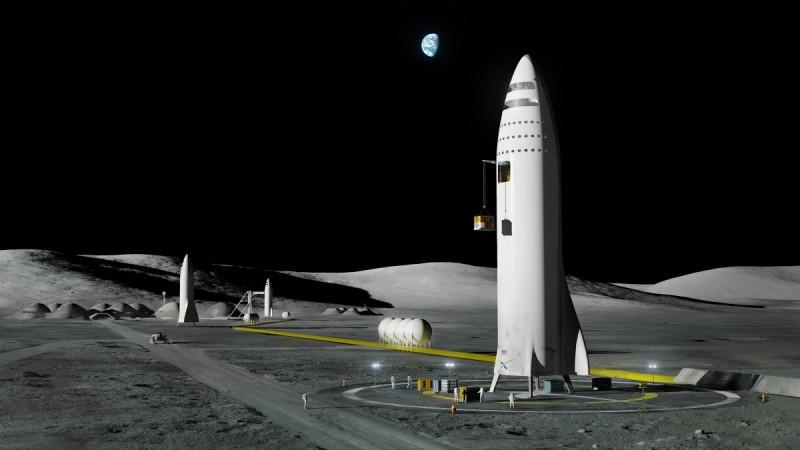
- Building a base on the Moon is something that both NASA and SpaceX are seriously considering
- The fine dust on the Moon sticks to everything it encounters because of the electrostatic charge it carries
- Breathing in even small quantities of Moon dust can decimate human kung tissues beyond recognition
- Moon dust literally alters cell DNA, meaning it could kick start cancers of various types in the body
The idea of building a lunar base and living there seems fanciful and highly probable, and now there is evidence of water on the Moon. But, the reality of actually living there is completely different. Breathing in Moon dust, for example, is dangerous enough to cause cancer.
Prolonged exposure to lunar dust is likely to cause inflammation of the lungs that can induce the growth of various cancers, notes a report by Popular Mechanics. One of the reasons for this is the way Moon's dust and soil work. Earth has a layered sheet of air protecting it from extra-terrestrial charged particles that are spewed out by the Sun. The wispy, thin air on the Moon makes it possible for the soil to get electrostatically charged.
The report notes that it can be compared to hair that clings to a balloon rubbed against wool. This property of lunar dust is well known. In fact astronauts who landed on the Moon were quoted as saying how, "particles covered everything and a stain remained even after our best attempts to brush it off," notes Popular Mechanics.

A new study to find out what exactly lunar dust could do to humans saw researchers expose mouse brain cells and human lung tissue to samples of dust that mimic Moon dust. The cells and tissue were grown in controlled conditions and the dust was ground down to a fine, breathable consistency, notes the report.
Their findings conclusively proved that if inhaled, lunar dust destroyed lung and brain cells up to 90 percent. For the lung cells, the damage was so severe that it changed the cell at a DNA level. Its clinging properties will actually make the dust more dangerous because it cannot fully be prevented from entering breathing areas. Even the Apollo astronauts were lucky to not be affected by it only because they did not spend too much time on the Moon.
"If there are trips back to the moon that involve stays of weeks, months or even longer, it probably won't be possible to eliminate that risk completely," said Bruce Demple, a biochemist at Stony Brook University and senior author of the new study. Also, microgravity is not really a pleasant feeling either.
The original paper titled "Assessing Toxicity and Nuclear and Mitochondrial DNA Damage Caused by Exposure of Mammalian Cells to Lunar Regolith Simulants" was first published in the journal GeoHealth.












!['Had denied Housefull franchise as they wanted me to wear a bikini': Tia Bajpai on turning down bold scripts [Exclusive]](https://data1.ibtimes.co.in/en/full/806605/had-denied-housefull-franchise-they-wanted-me-wear-bikini-tia-bajpai-turning-down-bold.png?w=220&h=138)
![Nayanthara and Dhanush ignore each other as they attend wedding amid feud over Nayanthara's Netflix documentary row [Watch]](https://data1.ibtimes.co.in/en/full/806599/nayanthara-dhanush-ignore-each-other-they-attend-wedding-amid-feud-over-nayantharas-netflix.jpg?w=220&h=138)



